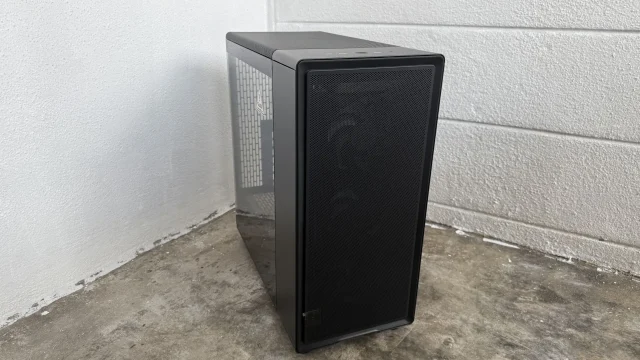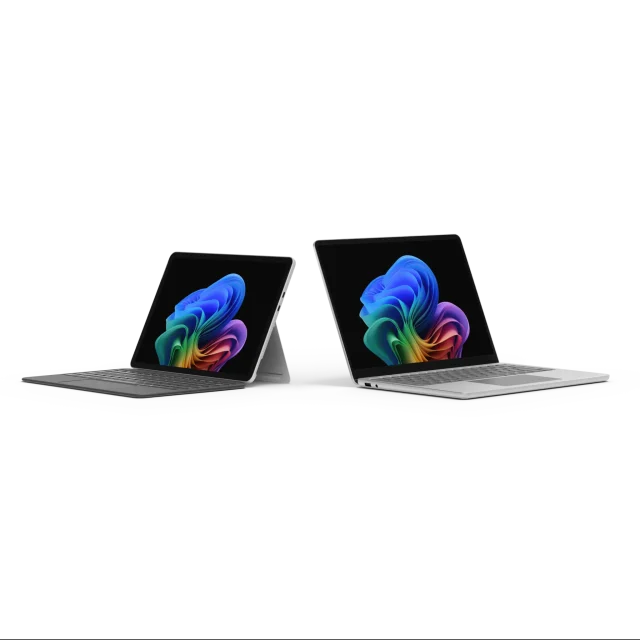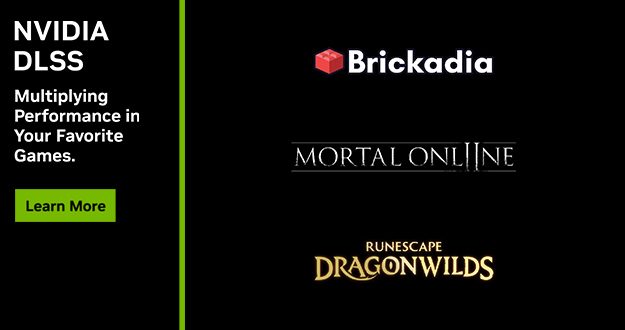Implementing virtual reality devices in educational facilities is not something new these days. According to the recent research of Marianne Stenger, a journalist with extensive experience in utilizing blending and tech-savvy teaching practices in education, a great number of colleges in Australia already use VR technologies in their educational courses. The most popular ones are used to engage students during the following courses:
- History classes: virtual museum tours, watching a historical event like an epic battle or a fight in the Colosseum make the lessons much more interesting and memorable;
- Language and writing classes: a fully immersive environment helps to both master the language and feel the traditions of a certain nation;
- Architecture and design classes: painting in a three-dimensional environment, computer-generated 3D models, comparing the compatibility of colour palettes and much more!
Let’s find out why this new trend is becoming increasingly demanded in today’s education and what fields can benefit the most from virtual reality applications.
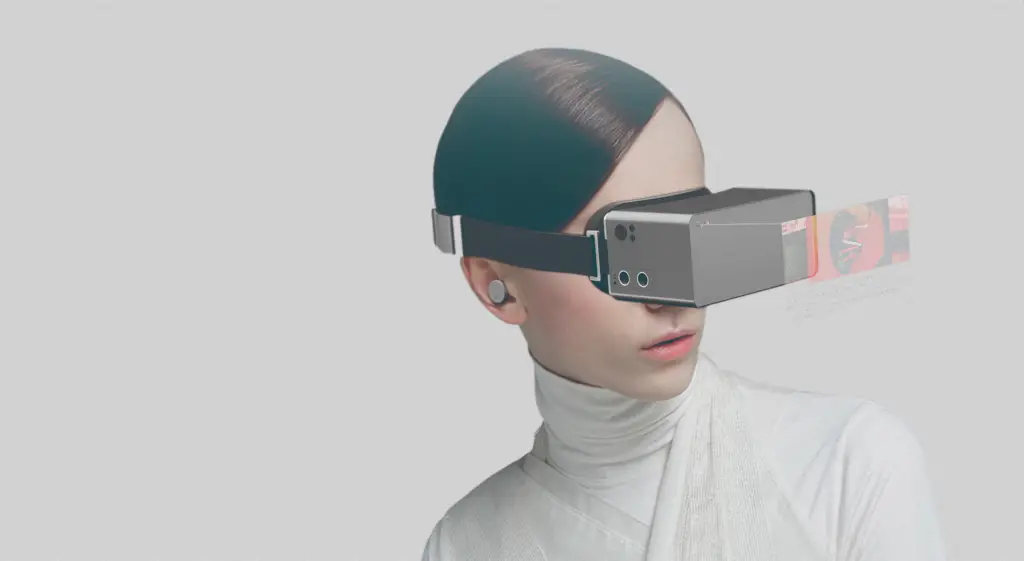
Undeniable Perks of Implementing VR to Education
Saving Time
Of course, textbooks with all the information and pictures in them have their use. However, they also take up quite a bit of space in a backpack. Textbooks are also pretty expensive for students to buy. An average college textbook in the US costs around $100. This is not the most efficient way to go about education these days. In the 21st century, it is not uncommon to see electronic versions of textbooks. This saves up a lot of room for college students. Educational VR apps can also be added to the mix as they do a spectacular job at illustrating things. And if you are always in a hurry and you don’t have time to do your homework, trust the professionals to do it. Cheap paper writing services will help you complete your student papers on time and get a high grade for your studies.
Saving Funds
It is possible to buy a VR device for less than 50 dollars. This device will be compatible with a smartphone that supports virtual reality apps (which most smartphones in 2019 do). The cheapest VR device on the market is Google Cardboard at a price of $15. It is fully compatible with all iOS and Android smartphones. This opens access to lots of VR educational tools and much more.
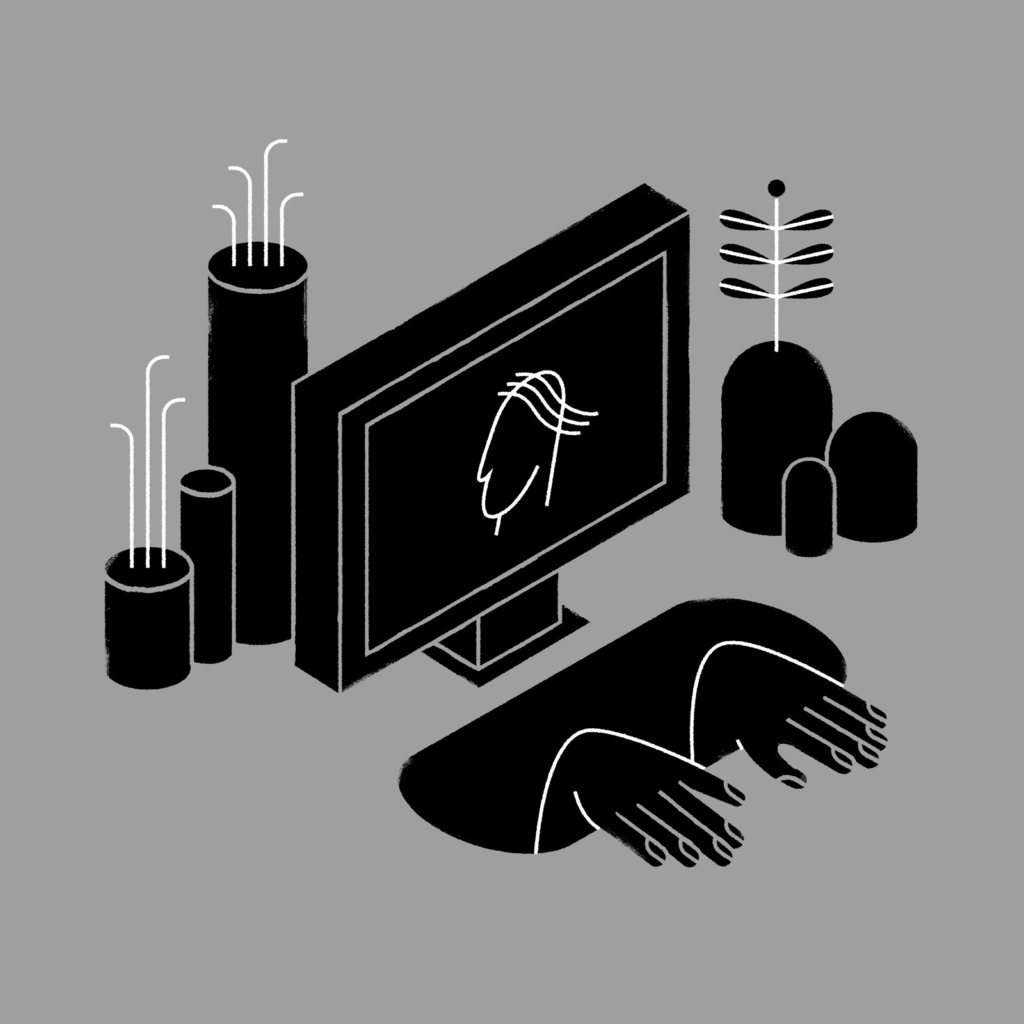
First-Hand Experience and Immediate Engagement
Over the course of the ages, writers drew inspiration from everything that happened around them. Nowadays, technology allows us to model different environments and events for various purposes. VR technology allows the viewer to experience these events first hand. The teachers at Penybont School, UK have already implemented virtual reality technology into the curriculum. The VR technology successfully enhances communication and writing experience of primary school students.
Enhancing Student Comprehension
A smartphone-compatible virtual reality device is cheaper than a textbook. Also, in certain situations, it can be a much better source of information on a subject. Let us take Geography as an example. Many students find it boring to read a textbook or listen to a lecture on the subject of mt. Everest. On the other hand, immersion into a virtual environment and being able to see the highest mountain on earth from different angles can contribute to a better understanding of the subject. Proper use of visualisation makes a lot of things much easier to comprehend. Given the fact that VR technology is still developing, imagine the potential it has in the future.
#1: VR for Better Writing Lessons
In the 21st century, the development of technology has influenced writing a lot. Without exaggeration, we can say that the emergence of numerous writing programs and tools has revolutionized writing. We already have free tools to:
- Check our grammar and punctuation such as grammar checker;
- Indicate tautology, as well as offer synonymous phrases and structures;
- Improve the text readability by highlighting long and wordy collocations.
Virtual reality apps can be used to conduct deep before-writing research. Just compare grinding books about the human nervous system to seeing a 3D model of neurons and fibres, all connected and moving without a single delay. Obviously, the second option is the one allowing a student to memorize, analyze and, thus, write a detailed report about the architecture of the nervous system.
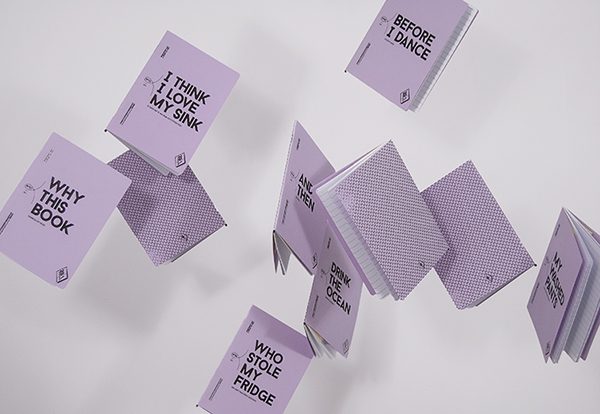
However, not a single tool that is able to replace human editing has been invented yet.
Should I resort to automatic tools and applications to enhance my writing? Absolutely. Can all these machines combined polish the text to perfection? Questionable.
Students have a few options to go along with. First of all, one can ask their professor or groupmate to help them out. But what if you have to cope with your assignment on your own? What if the deadline is..say, tomorrow morning? Reliable academic writing services can always cover your back. They can provide you with high-quality paper editing, check your assignment for plagiarism or even write it from scratch. The real professionals do use modern tools; however, they also do what only humans can do – make the text valuable but easy to understand for the reader.
#2: Medical Classes with the Help of VR
In medical classes, VR technology can be used to provide the students with enhanced medical training. This not only saves the time and resources to arrange a meeting in the hospital but also allows the students to observe the surgery from different angles. In addition, it is possible to rewind certain moments and watch them many times.
This is simply not possible in a live observation. It is also important to consider the fact that some very complicated surgeries are rare and many students may not have an opportunity to witness them during the course of their studies. Also, in some cases, observing a surgery may not be possible to arrange due to the patient’s condition and the potential negative impact on their health.
#3: Chemistry Classes with Virtual Reality Technologies
An experienced educational entrepreneur Seth Andrew from Washington Leadership Academy is planning to hire “scientifically accurate, virtual-reality chemistry lab”. It would mean a lot for those in need who don’t have access to real chemistry laboratories. Many students are not interested in chemistry due to the lack of visualisation. 3D models of molecules, live interactions of elements and substances and virtual experiments not only engage students but are also significantly cheaper than real lab substances and researches.
VR allows chemistry students to get a fully immersive experience during the lesson; while the professors benefit from saving money and enhancing their traditional lessons with modern technologies.
Over time, virtual reality will be as common as smartphones are now. It will revolutionize the educational process around the world. Every year more and more schools adopt the use of VR technology for education. More teachers implement virtual reality apps in their classes. The technology is improving our world and with it, the educational tools that we use. It is possible that, sometime in the future, virtual reality technology will completely replace the good old fashioned textbooks. As of now, the usage of educational VR apps through smartphones saves a lot of time and money for students and teachers alike. Virtual reality also opens up new possibilities and new horizons for students to explore.







